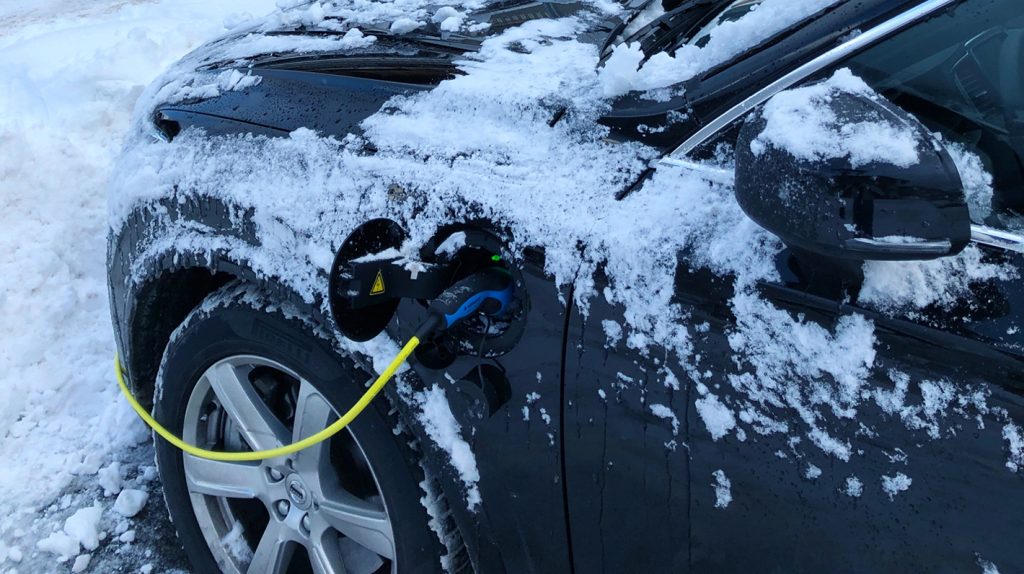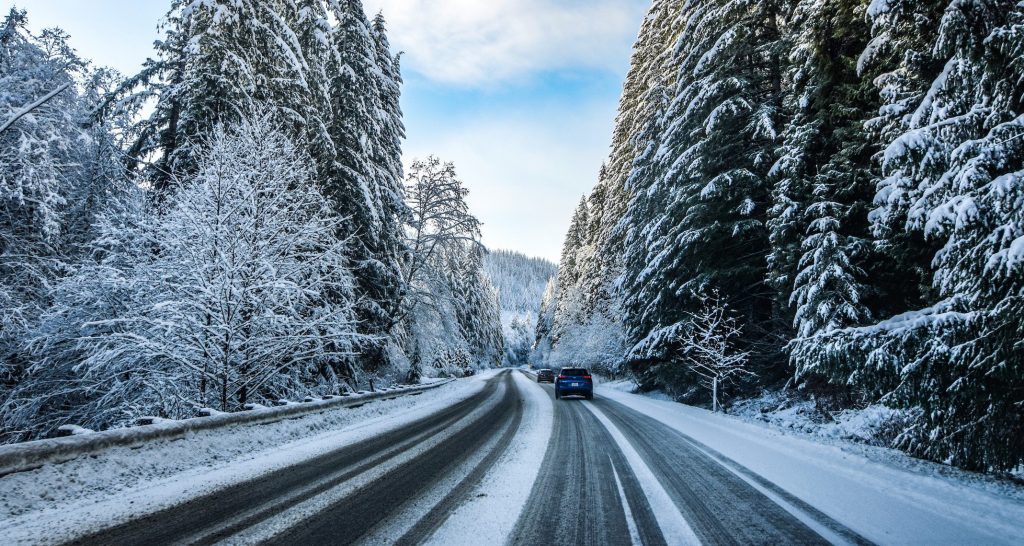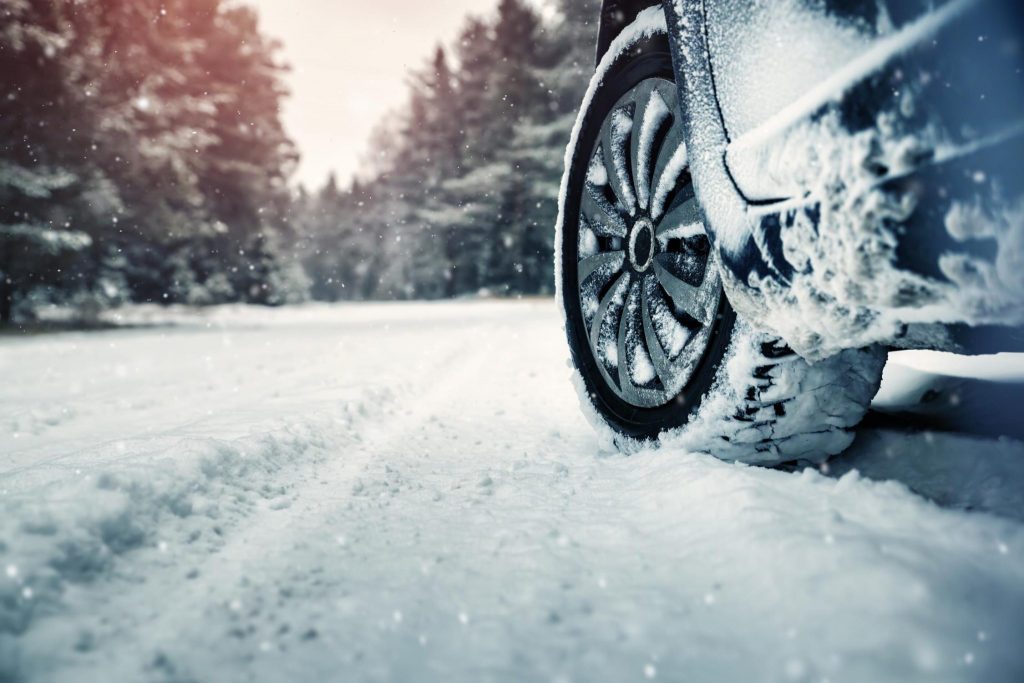Even with an increasing number of electric vehicles on the roads, many people still worry about the performance of their car and battery capacity- especially during colder months. We already know that petrol and diesel cars can’t be left unused for too long in the winter because the cold can completely kill the battery; this is still something to be aware of with EVs.
Electric cars are powered by a lithium-ion battery that works best at a certain temperature. The lithium ions move from the anode to the cathode in the battery, generating electricity that powers the car. The anode and cathode are the positive and negative terminals in a battery that allow the flow of electricity. This movement of electrons slows down in cold temperatures, so battery performance is reduced.

How to get the most out of your EV battery
EV range tends to decrease anywhere between 10-20% in winter, but there are things you can do to get the most out of your car battery in the coming months.
1. Drive at a steady speed
Try to avoid harsh acceleration / braking as this requires more energy and will impact the range of your car. Of course, this applies any time of the year if you want to maximise the range, but it’s even more important in colder weather.
2. Use eco-mode if your car has this feature
Eco mode increases fuel efficiency by focusing the battery power on key parts of the car (such as the motors that turn the wheels) and reducing it from heaters and other electrical features. It is best for city driving when having to accelerate fast is less of a concern than on the motorway, since it reduces accelerator sensibility to stop it from using much power.
3. Cover your car when not in use
Covering your car or storing it in a garage or indoor car park will shield it from the cold and prevent the temperature of the battery from decreasing as much as if it were outside. This will help maintain the charge and quality of your battery for a longer period of time.
4. Make the most of regen braking
EVs are equipped with regenerative braking- a mechanism that converts kinetic energy from braking into electricity to recharge the battery. Regen braking is most effective once the battery has warmed up; if the battery is cold, it doesn’t take in as much energy from regen braking as it would after a few minutes of driving it.
5. Preheat your car while it’s on charge
There is nothing worse than getting into your car on a cold winter morning for it to just about heat up the minute you reach your destination! Technology now allows us to warm up our cars remotely, ready for setting off. With electric vehicles, this obviously requires some power from the battery, which ultimately reduces the range. So, if you really want to pre-heat your car, you’re best doing it while your EV is on charge- this way, you’ll use the electricity from the main power outlet, rather than directly draining the battery.

Driving an electric car in winter weather
Driving an EV in the winter is, for the most part, the same as driving a diesel or petrol vehicle. The same rules apply: leave enough space between your car and the one in front (stopping distance is longer on a slippery surface) and try not to brake or accelerate suddenly as this can make your car lose traction. There are a few other things to take into account when it comes to EVs.
Batteries are less efficient in cold weather, so expect your battery to take a little longer than usual to charge. You might want to consider plugging your car in slightly earlier than usual when charging overnight to avoid range anxiety.
If you need to stop at a public charging station, prepare to wait in the queue to charge your battery; with reduced range comes a higher need to charge an EV battery. This should go without saying, but don’t leave charging your EV until the very last minute. Try and get to a charging station with enough charge left in case you have to wait if there are others ahead of you.
Be extra cautious when driving on snow on ice. Aside from the stopping distance being nearly 10 times as long as in regular conditions, EVs are usually heavier than internal combustion engine cars. This is great because they have better traction thanks to their low centre of gravity, but keep in mind that if you do lose traction, it may be more difficult to regain control of the vehicle.
Now that you’ve got all the information you need about EVs and driving in winter, visit our Browse Cars section, or contact us by sending an email to [email protected].

